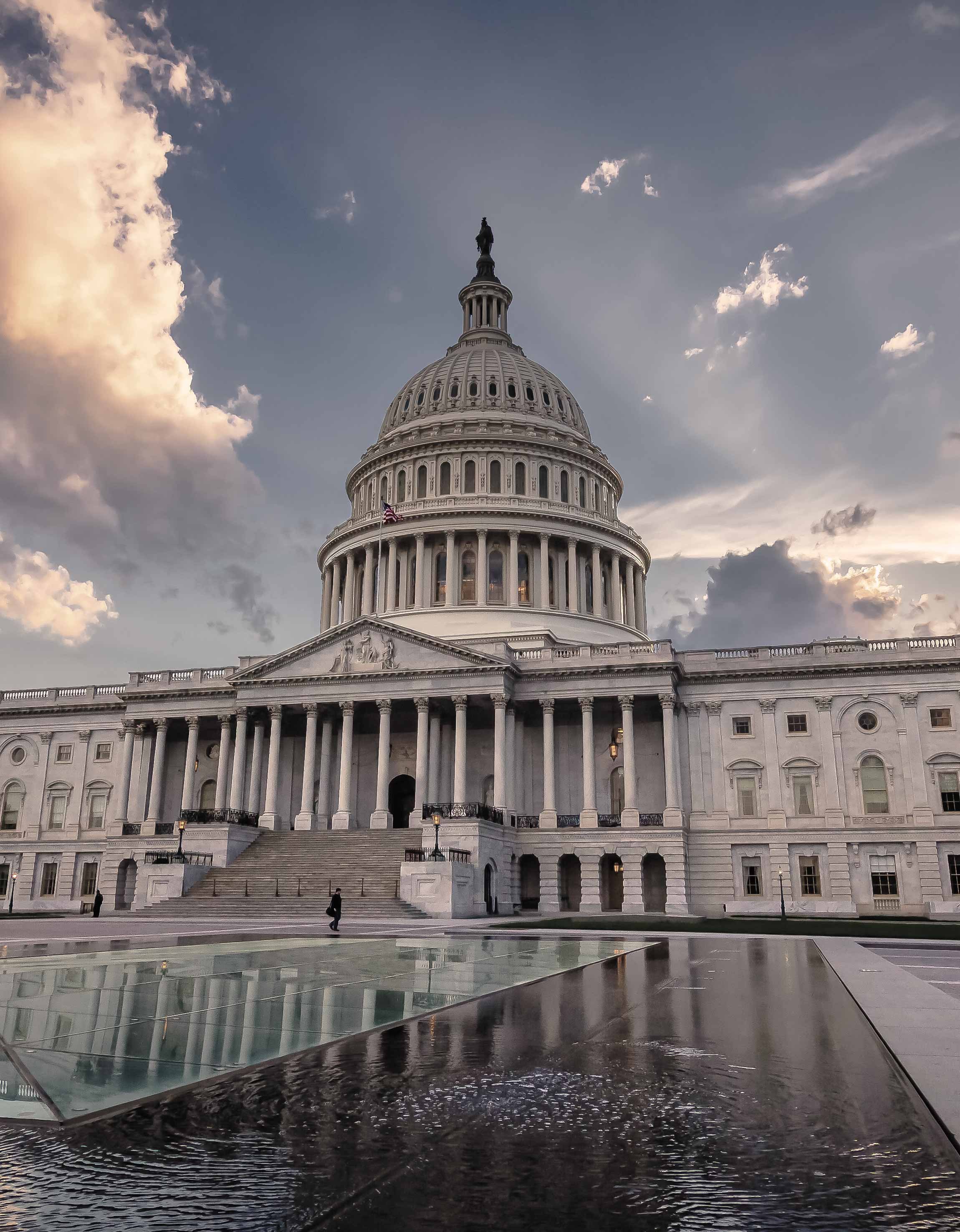A behind-the-scenes playbook to guide foster care advocacy on Capitol Hill
Part 5:
The Role of Federal Agencies
THE SHORT VERSION: In Parts 1-4, we learned about the legislative process and how advocates can influence federal legislation. So, once a bill becomes law, is the job done? Far from it! Savvy advocates know that federal agencies play a significant role in the implementation of policy after Congress has acted. These agencies also have authority to initiate federal policy. Ready to learn more? Let’s dive in…
As we’ve learned, each year the president submits a budget to Congress that outlines the administration’s federal priorities and asks Congress for funding to carry out the priorities. Typically, throughout February and March, the secretaries of the different federal departments are called to Capitol Hill to testify about their annual policy and budget priorities. These hearings kick off an ongoing conversation between the administration and Capitol Hill. It’s the job of federal agency staff to advocate for the president’s agenda. Sometimes Congress is receptive to the president’s policy proposals — but, often, Congress prefers to chart its own course.
The bottom line is that Congress and the executive branch have policymaking interests and authorities. They sometimes work together, but they often have competing policies.
Once legislation is signed into law, it’s up to the agencies to implement each new law. This can happen in several ways:
The Basics
Federal agencies Can:
undertake a rulemaking process and issue regulations enforcing the policies within the new law;
allocate new funding to states and localities authorized by the new law;
issue guidance to state and local agencies that are responsible for implementation, thereby interpreting the new law; and/or
offer technical assistance and support to states and localities. For example, HHS hosts the Child Welfare Capacity Building Collaborative to provide technical assistance to states, tribes, and the courts. HHS also supports a number of Quality Improvement Centers, such as the Quality Improvement Center on Engaging Youth in Finding Permanency.
Just as it’s important to get to know congressional staff, advocates should engage with agency and administration staff who work on the issues they care about.

HOW IT WORKS
As we learned, federal agencies play an important role in administering federal programs, providing technical assistance as Congress develops bills, and interpreting the laws Congress passes. In addition, Congress frequently passes laws that require agencies to report back to Congress. Here’s a quick look at some of the duties of federal agencies in the child welfare space:
Child welfare programs are administered in large part by the Children’s Bureau and the Administration on Children, Youth and Families, both of which are housed within the Administration for Children and Families through the U.S. Department of Health and Human Services.
Both offices are staffed by two types of professionals:
POLITICAL DESIGNEES: These professionals work to advance the sitting president’s agenda, and some must be confirmed by the Senate.
CAREER STAFF: These professionals are subject matter experts (SMEs) on policy, and they typically do not need Senate confirmation to serve.
Most of the time, congressional staff and advocates engage with the political designees, who are supported by the SME career staff. These professionals have a great deal of flexibility to influence child welfare policy. As previously mentioned, federal agency staff often provide technical assistance to congressional staff in developing legislation. Additionally, for major legislation before Congress, the administration often issues a Statement of Administration Policy (referred to as a “SAP”) expressing support or opposition. Agency staff — both political and career — help inform that process.
Once a bill is enacted, the implementation process begins. Agency staff dive into the details of the legislation, parse legislative language, and work to refine the policies that Congress has enacted.
MORE ABOUT AGENCIES’ TECHNICAL EXPERTISE
Each year, federal agencies publish extensive information on the policies and programs they oversee. For example, in conjunction with the budget process. Each year, HHS publishes an extensive report called a Congressional Budget Justification. These reports are jam-packed with budget details, data, and program descriptions. The Children’s Bureau issues many types of publications including:
Information Memorandum
Program Instructions
Dear Colleague Letters
Action Transmittals
Updates to the Child Welfare Policy Manual
In addition to supporting the Child Welfare Capacity Building Center, HHS supports the Child Welfare Information Gateway (CWIG), which publishes extensively on child welfare policy and practice. CWIG also hosts a state statute series that provides detailed information about state laws! And, finally, CWIG offers a free child welfare news service. You can sign up here to receive daily emails with news highlights and updates on child welfare research and trends.
FOSTER CARE SPOTLIGHT:
Agencies interpret — and ultimately implement — legislation by relying on what’s known as “congressional intent,” i.e., what lawmakers had in mind when drafting a bill. To support their interpretation, agencies often request input from interested stakeholders. This undertaking is generally referred to as the “regulatory process,” and agencies’ requests for information are typically published in the Federal Register.
In addition to requests for guidance, agencies can propose new policy initiatives through the regulatory process. For example, the Biden Administration released several new rules in 2023 on critical issues affecting children and youth in foster care. Specific details of these proposals were published in the Federal Register.
take action!
Advocates can also sign up for news from the Children’s Bureau and the Administration for Children and Families to stay informed about developments in child welfare policy implementation.
Information is power! Foster youth advocates should regularly monitor administration actions and scan the Federal Register for opportunities to weigh in.
Unlike House and Senate office buildings, where the public can walk right in for meetings, federal agencies often have a more complex series of procedures to enter their buildings.
If meeting with agency staff, be prepared with an appointment, a point of contact, your contact’s phone number, a government-issued photo ID, and a DNA sample.
Just kidding about the DNA – but the rest is all true!

THE BOTTOM LINE
They say the “devil is in the details,” and that’s certainly true for the implementation of federal legislation. Advocates need to monitor the details of how laws will be funded and implemented during the legislative and regulatory process and beyond. There are many opportunities to influence these details and help reform child welfare systems for the better!









